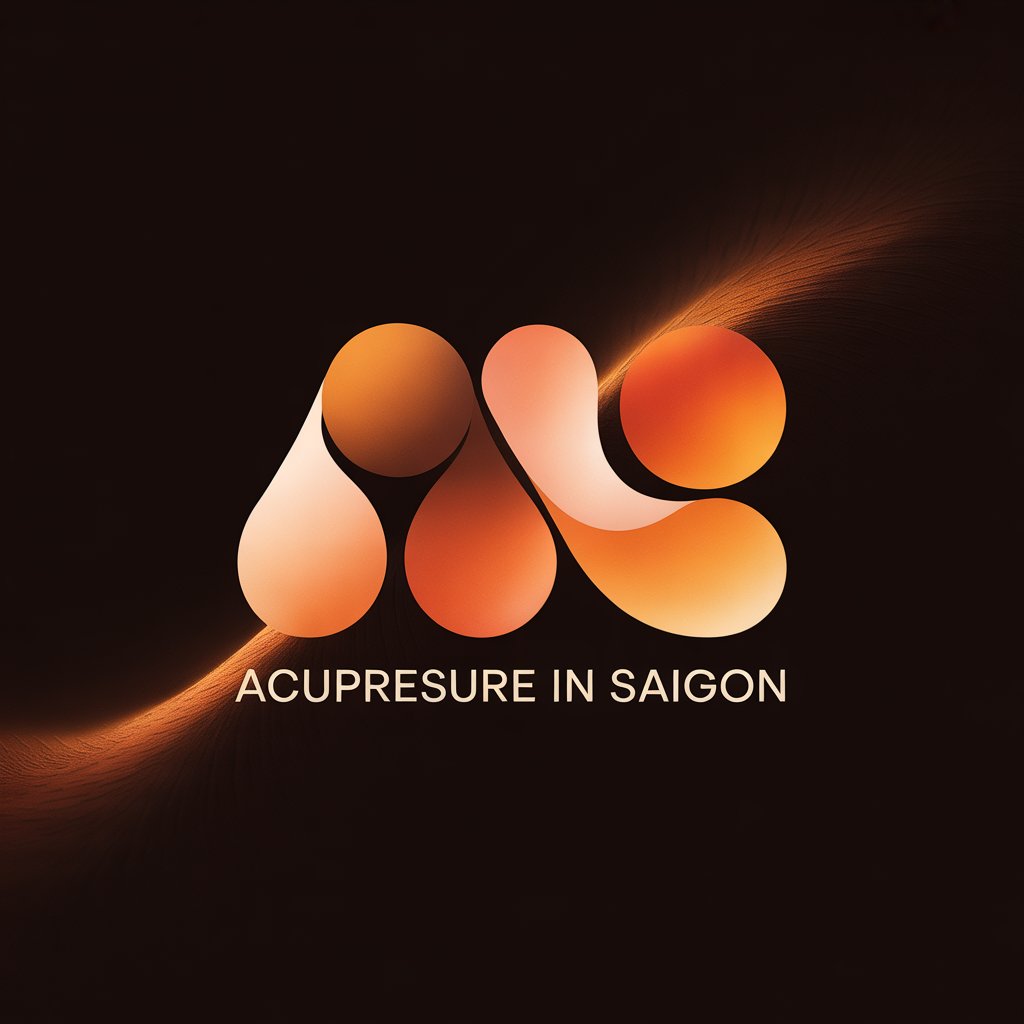Gentle acupressure methods for sensitive individuals

Gentle acupressure methods are crucially important for sensitive individuals, and here’s why and how:
Why Gentle Acupressure Matters for Sensitive Individuals:
- Lower Tolerance for Stimulation: Individuals with heightened sensitivity (whether physical, emotional, or neurological) can easily become overwhelmed by strong or prolonged pressure. What might be therapeutic for one person could be uncomfortable or even painful and counterproductive for a sensitive individual.
- Avoiding Adverse Reactions: Excessive pressure can lead to muscle guarding, increased tension, anxiety, and a negative association with the therapy. Gentle methods minimize the risk of these adverse reactions.
- Promoting Relaxation: Sensitive individuals often benefit more from subtle and calming approaches. Gentle acupressure can induce a deeper state of relaxation, which is essential for the body’s natural healing processes.
- Building Trust and Comfort: A gentle approach helps build trust between the individual and the therapy (or themselves, in the case of DIY). This fosters a sense of safety and encourages them to engage more fully with the process.
- Addressing Underlying Imbalances: Gentle stimulation can still effectively influence the flow of Qi and address energetic imbalances without forceful manipulation.1 It works with the body’s natural rhythms rather than trying to override them.
How to Practice Gentle Acupressure:
- Lighter Pressure: Instead of deep, firm pressure, use a light, sustained touch. Imagine the pressure you would use to gently press on a ripe fruit without bruising it.
- Shorter Duration: Reduce the amount of time you apply pressure to each point. Start with 30 seconds to one minute and observe the body’s response.
- Softer Tools: Consider using softer tools like fingertips (especially the pads), the palm of the hand, or even a soft brush for stimulation instead of knuckles or elbows.2
- Focus on Circular Motions: Gentle, small circular motions can be more soothing than sustained, direct pressure.
- Pay Attention to Feedback: Continuously check in with the individual (if you are a practitioner) or your own body sensations (if self-administering). Stop or reduce pressure if any discomfort arises. The sensation should be subtle and relaxing, not painful.
- Use More Points Lightly: Instead of pressing hard on a few points, try gently stimulating a wider array of related points.
- Combine with Calming Techniques: Integrate gentle acupressure with deep breathing exercises, aromatherapy (using calming essential oils), or soothing music to enhance relaxation.
- Create a Calm Environment: Ensure the surroundings are peaceful, quiet, and comfortable to support the gentle nature of the acupressure.3
- Start Slowly: Begin with just a few points and gradually introduce more as the individual becomes more comfortable.
In conclusion, gentle acupressure is not just a modification for sensitive individuals; it is often the most effective way to help them achieve balance and healing. By respecting their heightened sensitivity and using a subtle approach, you can create a positive and therapeutic experience that promotes well-being without causing overwhelm or discomfort.




